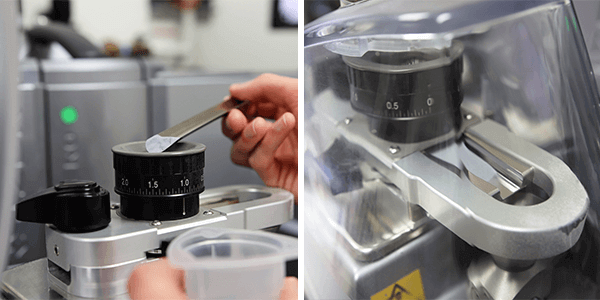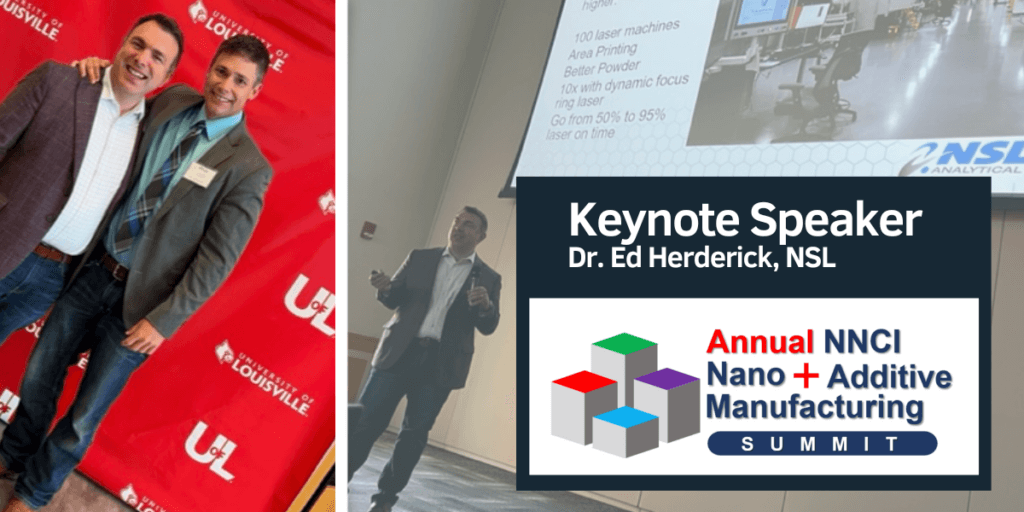
Prop 65 Safe Use Determination for BPA Exposures
As a provider of ophthalmic testing services, we’re happy to share that after years of work, The Vision Council has successfully won a Proposition 65 Safe Use Determination (SUD) from the State of California’s Office of Environmental Health Hazard Assessment (OEHHA) for exposure to Bisphenol A (BPA) from polycarbonate prescription glasses, non-prescription sunglasses, over-the-counter reading glasses, and safety glasses manufactured, distributed, or sold by members of The Vision Council. Essentially, this SUD issuance from the OEHHA concludes that a Proposition 65 warning is not required in these optical products because the amount of BPA is so small that it does not create a health risk.
Process of Obtaining Safe Use Determination
The process began in December 2016 when The Vision Council submitted its original SUD application. After finalizing the application with OEHHA through July 2018, the application was deemed complete in March 2019, followed by the issuance of a 30-day public notice for comments, which closed in April 2019.
Based on the screening level analysis and data which highlighted worst-case dermal exposure scenarios, BpA dermal exposure was found to be at .53 micro grams per day, well within the published safe harbor for BpA of 3 micro grams per day. Thus, OEHHA concluded that this very limited exposure to BpA from use of these eyewear products does not require a Proposition 65 warning for dermal exposure to BpA. The notice announcing the issuance of the SUD was published on the OEHHA website and in the California Regulatory Notice Register on April 17, 2020.
For more information regarding this determination, review the FAQ’s from The Vision Council below. NSL is an active member of The Vision Council and supports many of the committees. We’d like to congratulate the Vision Council and thank them for their hard work on this determination.
Frequently Asked Questions
Following this monumental announcement, The Vision Council has received several questions from members and has answered them, below.
Does this mean we do not need to provide Prop 65 warnings for our products anymore?
Not necessarily. The SUD only covers BpA in polycarbonate eyewear products. It is important to know which chemicals are in your products. If your products have other substances that require a Prop 65 warning, then you must continue to warn for those other substances.
Also, the SUD is limited to eyewear products made of polycarbonate. Therefore, if your products are made of something other than polycarbonate and have BpA in them or are not eyewear products and have BpA in them, then you need to continue to warn for BpA.
When can we rely on the SUD?
SUD is scheduled for publication on April 17, 2020. Until then, we are advising everyone to retain the status quo and not drop or change their Prop 65 warnings.
Are spectacle frames included in the SUD?
Yes, they were tested as components of prescription eyeglasses, as were lenses and nose pads. So long as a polycarbonate temple or a polycarbonate frame (i.e. the front) has a maximum BpA concentration of 25 micrograms/gram and 120 micrograms/gram, respectively, the spectacle frame would be within the scope of the SUD. Likewise, maximum BpA concentration for nose pads is 68 micrograms/gram and for lenses it is 302 micrograms/gram.
How can I determine whether my polycarbonate temples, frame fronts, nose pads or lenses are below the maximum BpA concentrations allowed for those components?
Have a testing laboratory conduct an acetonitrile extraction test on each component to determine how much BpA leached out and compare those results to the maximum limits for each component set out in the answer to question three of this FAQ.
Does the SUD cover possible workplace exposure?
Not necessarily. The SUD addresses dermal exposure to consumers of eyewear products. If you are providing occupational warnings to your California employees because they are coming in contact with polycarbonate eyewear products in the course of their employment, or if those employees could be exposed to polycarbonate other than through dermal contact (such as inhaling ground polycarbonate), then you should continue to post the occupational warning as to BpA exposure.
For more information on the Proposition 65 Safe Use Determination (SUD), visit The Vision Council’s website or contact us. We’d be happy to discuss any feedback, questions, or needs that you or your organization may have.
Recent Posts
Levine Leichtman Capital Partners Acquires NSL Analytical Services
LOS ANGELES – June 27, 2024 – Levine
NSL Analytical Offers Delta Qualification to Speed Up Parts Production Through Additive Manufacturing
Qualification of materials made by additive manufacturing is





